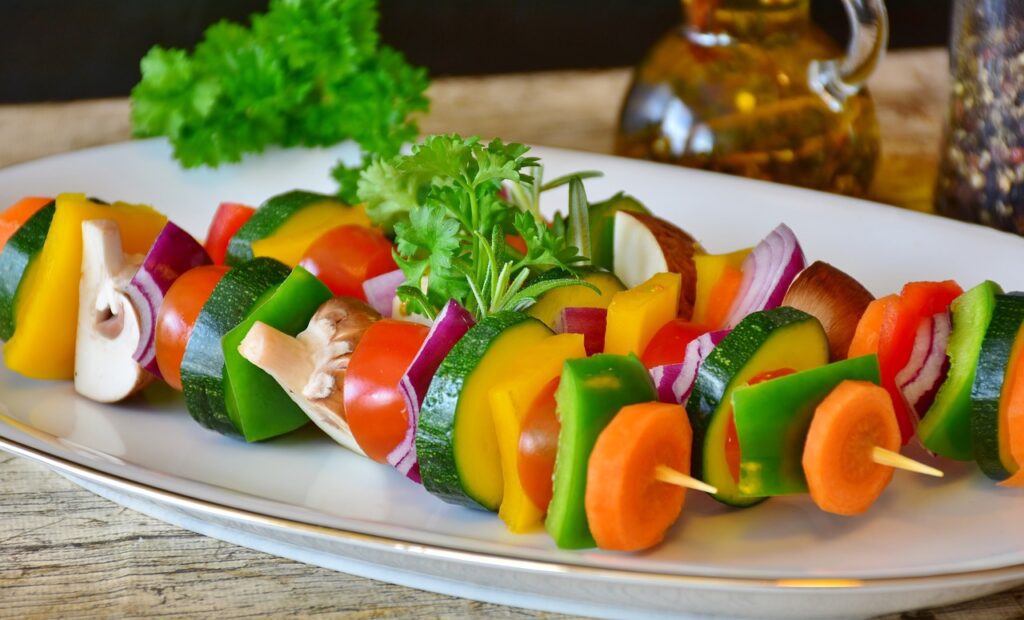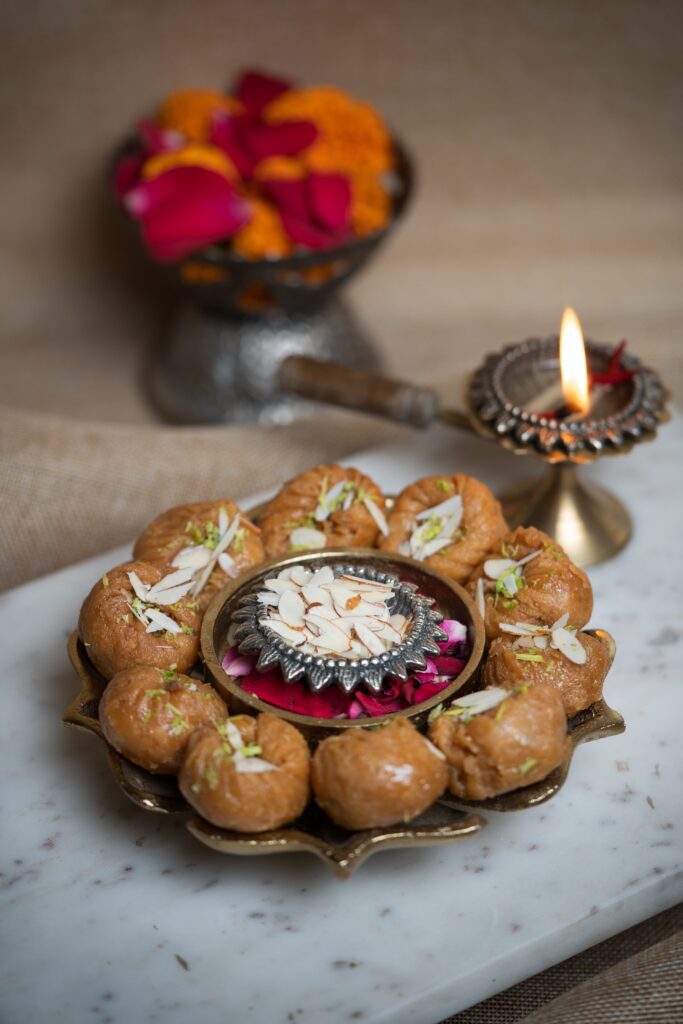Upma is a South Indian delicacy. It has other names like Uppumavu and Uppittu. It is a classic breakfast. It’s nutritious, delicious and economical. This South Indian dish, a warm and comforting hug in a bowl, is a breakfast dish with a fascinating history and diverse variations. Let’s delve into its delicious world:
Origins and Popularity
- Believed to have originated in South India, particularly Kerala, Tamil Nadu, and Andhra Pradesh, it has become a staple breakfast across the Indian subcontinent and even reached Sri Lanka.
- Traditionally made with semolina (rava or sooji), a coarse flour derived from wheat, it can also be prepared with other flours like rice or oats, offering gluten-free options.
The Soul of Upma
- Semolina or Rice Flour: The base of the dish is either semolina (coarsely ground wheat) or coarse rice flour. Semolina gives the dish a slightly chewy texture, while rice flour provides a smoother consistency.
- Spices and Aromatics: The soul of the dish lies in its fragrant tempering. Mustard seeds, cumin seeds, curry leaves, and chillies crackle and release their aroma, setting the stage for other spices like turmeric, coriander, and sometimes even garam masala.
- Vegetables: It is often embellished with chopped vegetables like carrots, peas, onions, and tomatoes, adding colour, texture, and nutrients.
- Ghee or Oil: Traditionally, ghee (clarified butter) is used for its rich flavour, but oil can be substituted for a vegan option.
Variations and Accompaniments
Upma is a canvas for creativity. It has many varieties like Wheat Rava Upma, Bread Upma, Idli Upma, Aval Upma etc. Here are some popular variations:
- Vegetable Upma:The classic version with a mix of vegetables.
- Tomato Upma:A tangy twist with chopped tomatoes and tamarind.
- Oats Upma:A healthier alternative using oats instead of semolina.
- Bread Upma:A resourceful way to use leftover bread.
- Coconut Upma: A richer version with grated coconut.
The beauty of the dish lies in its adaptability. While the base remains semolina, vegetables, spices, and herbs paint a vibrant flavour palette. The classic “Rava Upma” features a tempering of mustard seeds, urad dal, chana dal, curry leaves, and onions, followed by the addition of vegetables like carrots, peas, and tomatoes. Other popular variations include “Vegetable Upma” loaded with veggies, “Bread Upma” for a quick and savoury twist, and “Oats Upma” for a healthier spin. It is typically served hot with a dollop of coconut chutney and a cup of filter coffee. It can also be enjoyed with sambar, a lentil and vegetable stew.
Beyond Breakfast
- Its versatility extends beyond breakfast. It can be enjoyed as a light lunch, a comforting snack, or even a side dish for dinner.
- Some regions prepare savoury versions with coconut chutney or sambar, while others enjoy it mildly sweet with sugar or jaggery.
Making it at Home
- It is surprisingly easy to make at home. The basic recipe involves roasting semolina, preparing a tempering with spices, and simmering it in water until cooked.
- Numerous online resources offer authentic recipes and variations to explore.
It is cooked as a thick porridge from dry-roasted semolina (Suji or Rava) or coarse rice flour. Various types of vegetables, spices and flavours are added to it. It is one of the easiest to make dishes. It is healthy and delicious. The ingredients used in making the dish are very common and available in every kitchen. Semolina, a granulated form of wheat is a very popular ingredient and is used to make various salty and sweet dishes. Coarse rice flour is also a widely used ingredient.
It is more than just a dish; it’s a cultural thread connecting families and communities. Its warmth, versatility, and ease of preparation make it a breakfast champion, ready to be savoured and adapted to personal preferences. So, why not whip up a batch of the dish and experience its magic for yourself?
INGREDIENTS
Rava/Suji or Sooji/Semolina
Ghee/Oil


